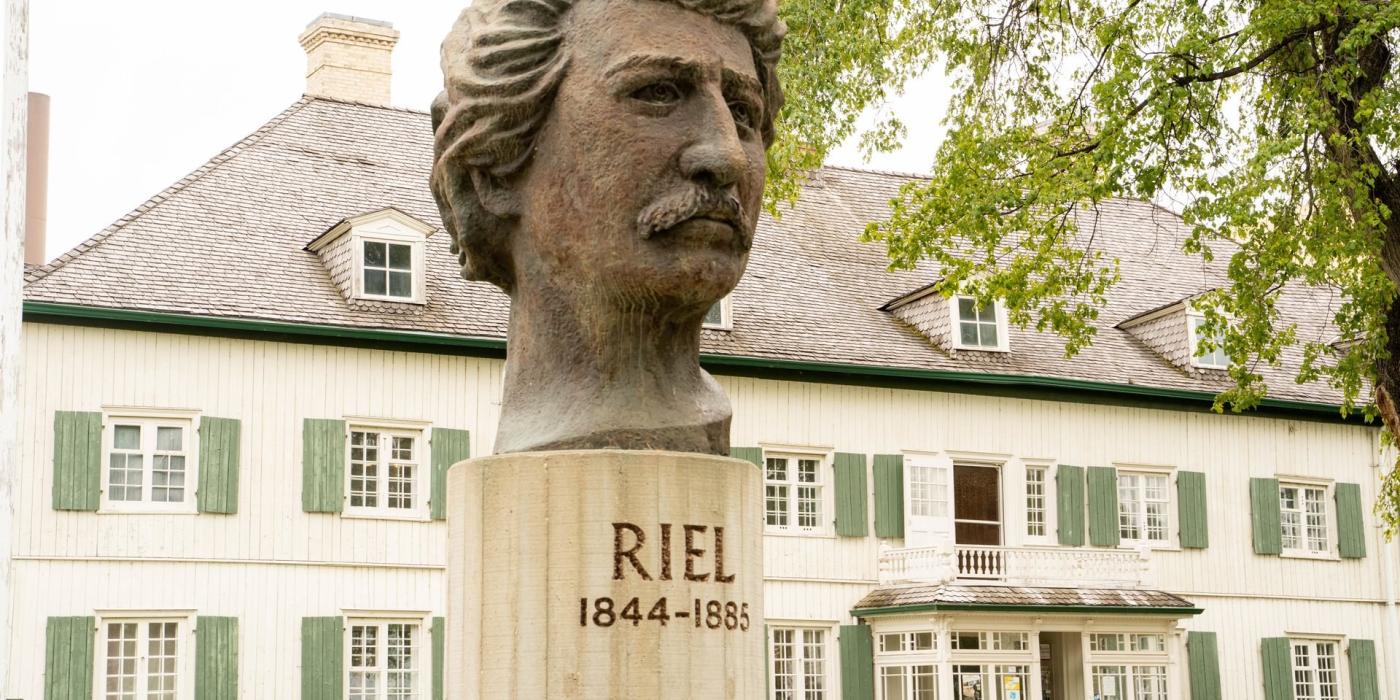- Things To Do
- Events
- Food & Drink
-
Places To Go
- Winnipeg
- Churchill
- Eastern Region
- Central Region
- Interlake Region
- Parkland Region
- Western Region
- Manitoba North
- Must-See Destinations
-
Itineraries
- Island Getaway on the Prairies
- Wheat City Wanderings in Brandon
- Escape to the water and the wild
- St. Boniface Winter: Passion and History
- Follow the path to a story in Neepawa
- Unleash your inner Viking this winter
- Explore Clear Lake this winter like never before
- Breathe in the Whiteshell this winter
- Go North for a boreal forest escape
- Treaty Areas
- Where To Stay
- Trip Essentials
- #ExploreMB Blog
Navigation Options
- FREN
- Things To Do
- Events
- Food & Drink
-
Places To Go
- Winnipeg
- Churchill
- Eastern Region
- Central Region
- Interlake Region
- Parkland Region
- Western Region
- Manitoba North
- Must-See Destinations
-
Itineraries
- Island Getaway on the Prairies
- Wheat City Wanderings in Brandon
- Escape to the water and the wild
- St. Boniface Winter: Passion and History
- Follow the path to a story in Neepawa
- Unleash your inner Viking this winter
- Explore Clear Lake this winter like never before
- Breathe in the Whiteshell this winter
- Go North for a boreal forest escape
- Treaty Areas
- Where To Stay
- Trip Essentials
- #ExploreMB Blog
In Louis Riel's footsteps: discovering the history of Manitoba's founding father
Posted February 13, 2020
Every third Monday in February, we celebrate Louis Riel Day in Manitoba. The story of the Métis leader can be found across the province, with many statues, museums and tours exploring his legacy. So if you've ever wanted to know more about this important historic figure, you've come to the right place! Here's how and where you can relive and learn about moments from Louis Riel's life through sites across Winnipeg.

Who was Louis Riel?
To begin, maybe a short history review is in order. Who was Louis Riel? Originally from the Winnipeg neighbourhood of St. Boniface, he played an important role in the Red River resistance, fought by those who lived on Rupert's Land (which would later become Manitoba and the Northwest Territories), against the government of Canada in the 19th century. He was the leader of the Métis people and fought hard to protect their rights.
He became the leader of the provisional government, the first democratically elected government in Rupert's Land, and negotiated Manitoba's entrance into Canadian confederation in 1870. Thanks to Louis Riel, Manitoba was the first western province to join confederation.
Louis Riel used to be a more controversial character across Canada. He was considered a traitor for his resistance against the government, but is more often seen as a hero for standing up for the rights of Métis and Francophone people.
It wasn't until March 1992 that the Canadian government officially recognized Louis Riel as the founder of Manitoba, making him one of the Fathers of Confederation.
The first steps
Now that you've got a basic understanding of the impact of Louis Riel in Manitoba, let's begin our journey around Winnipeg. Start at Saint-Boniface University where you'll find the first of many statues of Louis Riel. This particular statue was jointly created by Marcien Lemay and Étienne Gaboury in 1973.
This sculpture is nearly as controversial as the man it portrays. The statue itself depicts a tormented Louis Riel, twisted and naked. He is semi-enclosed by two half-circles, meant to represent the two opposing sides during his life: the french side and the english side. This statue was originally on the Legislative grounds but was moved to the front of the university in 1995.
Less than a block down the street is the Saint-Boniface Cathedral cemetery. Louis Riel's tombstone sits neatly at the northern edge of the cemetery where a plaque informs visitors about his life and legacy. A ceremony of celebration happens every year at the tomb site on November 16.
In the summer, you can visit the cemetery as part of the cathedral tour led by the Saint-Boniface Museum. The tour covers Louis Riel and his impact, as well as the architecture of the cathedral.
Métis history in St. Boniface
Saint-Boniface Museum is the next stop on our journey and is an integral location for learning about Manitoba's founding father.
The museum is in one of the oldest buildings in Winnipeg. It was originally a Grey Nuns Convent, later becoming a hospital and a school. Now, it is full of history and art, including a permanent exhibit on Louis Riel which houses artifacts of great importance that belonged to Riel or were closely linked or inspired by his life.
As you exit the museum, stop on the lawn just outside to take in a second sculpted depiction of the Métis leader. The bronze bust, created by Franco-Manitoban artist Réal Bérard in 1989, shows Riel's pride in his strong facial features.
The next point of interest is a couple blocks north at the Saint Boniface Heritage Gardens. The gardens were created in 2018 on the front lawn of the Archdiocese of Saint Boniface by two Métis women, Janelle Fillion and Candace Lipischak. The garden pays tribute to important figures in Franco-Manitoban history, including Louis Riel.
On the banks of our rivers
After taking in the garden, cross the river over the Esplanade Riel walking bridge to The Forks. This national historic site has been a gathering place for people for over 6,000 years but also a place of great conflict during the fur trade era and during the rebellion led by Riel in 1869.
Just a few steps past The Forks, on the other side of Main Street, is Upper Fort Garry Provincial Park. A single stone entrance way is all that is left of the large fur trade fort that once stood on the grounds. The 400-foot Heritage Wall, built in 2016, mirrors the height and depth of the original west wall of the fort that was demolished in the 1880s. This piece of art now depicts the history of western Canada, including Louis Riel and the decision to have Manitoba enter into Canadian confederation.
A short walk further, you'll find another monument of Louis Riel. After a tormented Riel and a proud Métis Riel, the statue on the Legislative grounds shows Louis Riel as Father of Confederation. He stands tall and strong in this depiction by Miguel Joyal (1996). The three different statues in Winnipeg show the different sides of Riel in how he is portrayed and how others see him.
Louis Riel is everywhere
Two more important sites are closer to the edges of the city. In St. Vital you can visit Riel House National Historic Site. Louis Riel lived in the house for a short period of time but it was primarily his mother's house. The house dates back to the 1880s and is a typical example of the architectural style in the Red River colony. It is now a museum, open in the summer, where you will be greeted by costumed interpreters who will show you through the authentically decorated house and teach you about the ways of life in the 19th century.
Further south in St. Norbert, there is a monument that marks the site of the start of the Métis resistance in 1869. It was here that a group of Métis people blocked the work of government officials which eventually led to the negotiations led by Louis Riel to create the province of Manitoba.
From St. Boniface and St. Norbert to the Legislative grounds and St. Vital, there are plenty of opportunities to discover Louis Riel's impact and the importance of Métis resistance in Manitoba's history.
